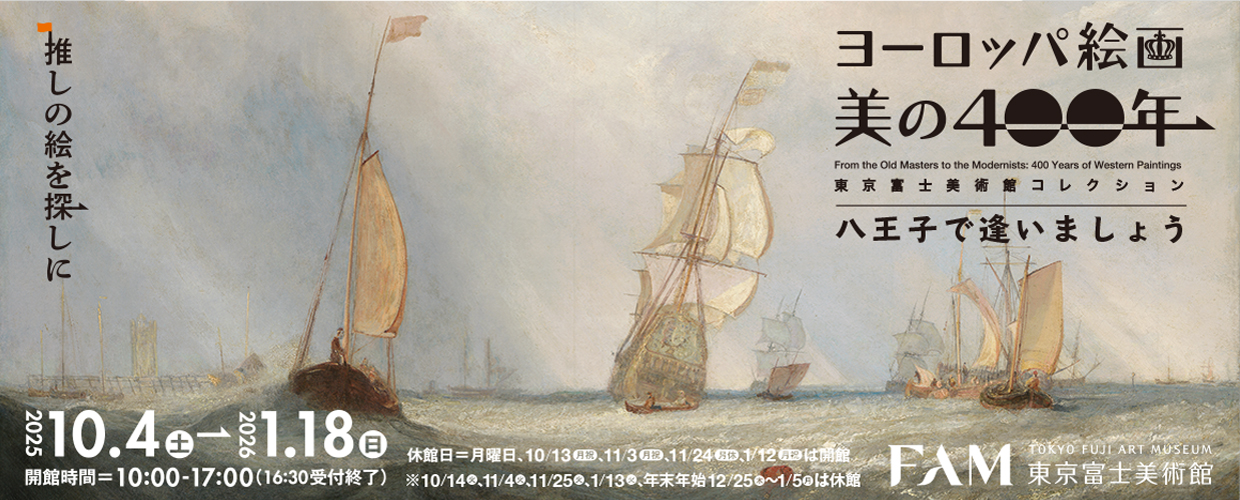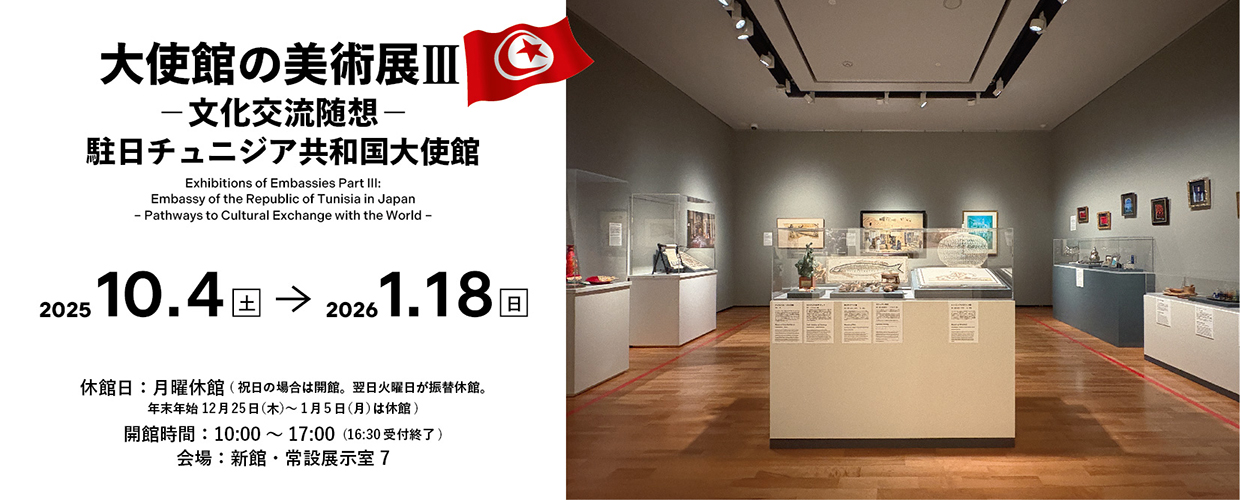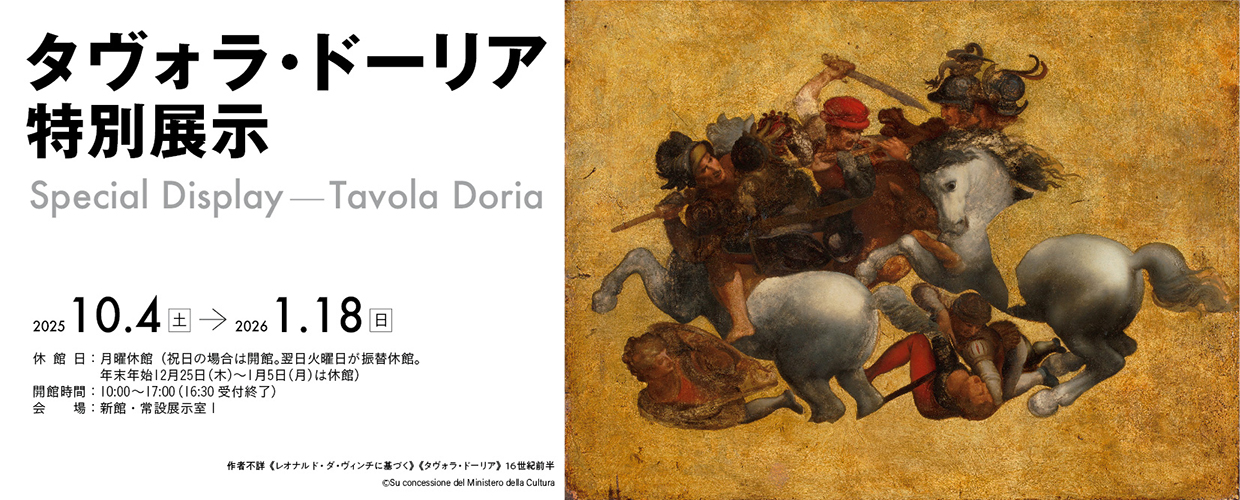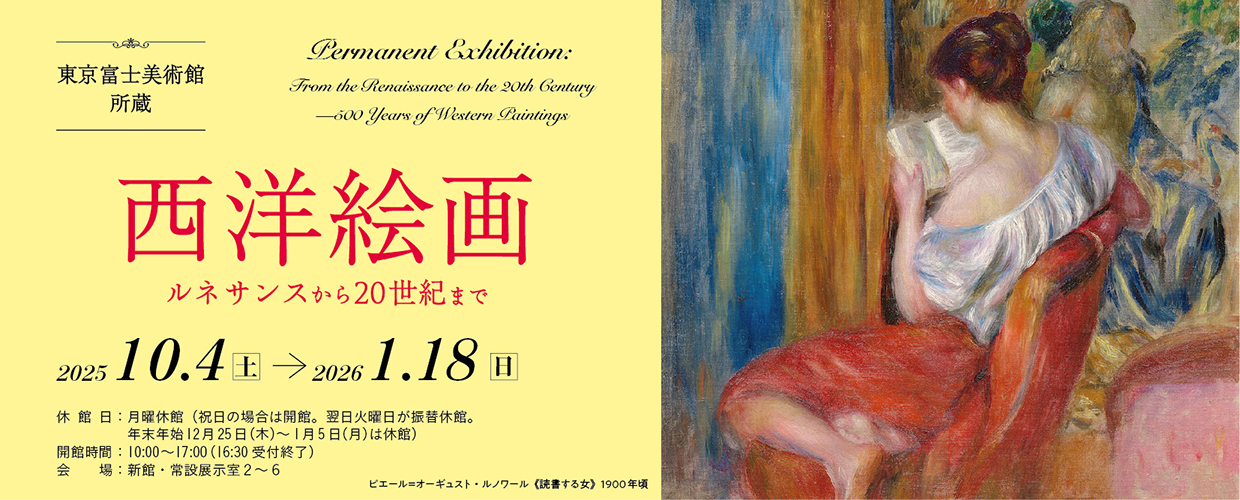Late Edo Period (19th c.)/Color on silk, hanging scroll
86.5 x 35.5 cm
SUMMARY
The expression of the plum blossoms, in a design called the “Korin plum” which omits the depiction of petals, leaving only the outline of the flower, and the expression of the trunk, making full use of a technique known as tarashikomi (in which colors are dripped or brushed into wet ink), shows Hoitsu’s definite talent as he inherited the Rimpa school. The top part is accompanied by a poem written by Fujitani Mitsue, a Japanese classical scholar from Kyoto. It is thought that he likely had some kind of friendship with Hoitsu.
ARTIST
Sakai Hoitsu
1761-1828
Born to the Sakai family of Himeji Domain. He was introduced to the basics of painting in the Kano school, and studied the painting style of Utagawa Toyoharu in his 20s. From his 30s, he devoted himself to the Rimpa school, working on paintings of flowering plants with good use of tarashikomi. He left home at the age of 37. In 1815 , on the 100th anniversary of Ogata Korin’s death, he was involved in holding the Korin Igoku-ten (“traces of Korin exhibition”), and published One Hundred Paintings by Korin. At the age of 61, he produced his masterpiece, Flowering Plants of Summer and Autumn, on the back of Korin’s Wind God and Thunder God. In the land of Edo, he created a new course for the Rimpa school, with lyricism and elegant sensibility.
List of artworks by the same artist
INFORMATION
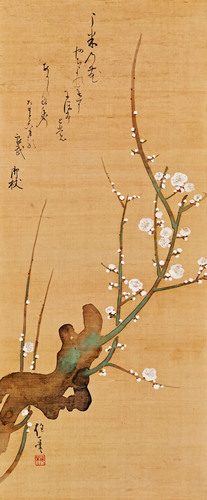
Friday, October 8 - Sunday, November 14, 2021
From the Tokyo Fuji Art Museum Collection: “THIS IS JAPAN” Eternal Japanese Art Oita Art Museum (Oita, Japan)
Sunday, August 25 - Sunday, September 29, 2019
This Is Japan In Kyoto From The Tokyo Fuji Art Museum Collection The Museum of Kyoto (Kyoto, Japan)
Saturday, March 24 - Sunday, May 27, 2018
OEDO EXHIBITION NAGASAKI Nagasaki Prefectual Art Museum (Nagasaki, Japan)
EXPLORE

You can search and browse content on a platform across museums and archival institutions nationwide, and create My Gallery (online exhibition).

